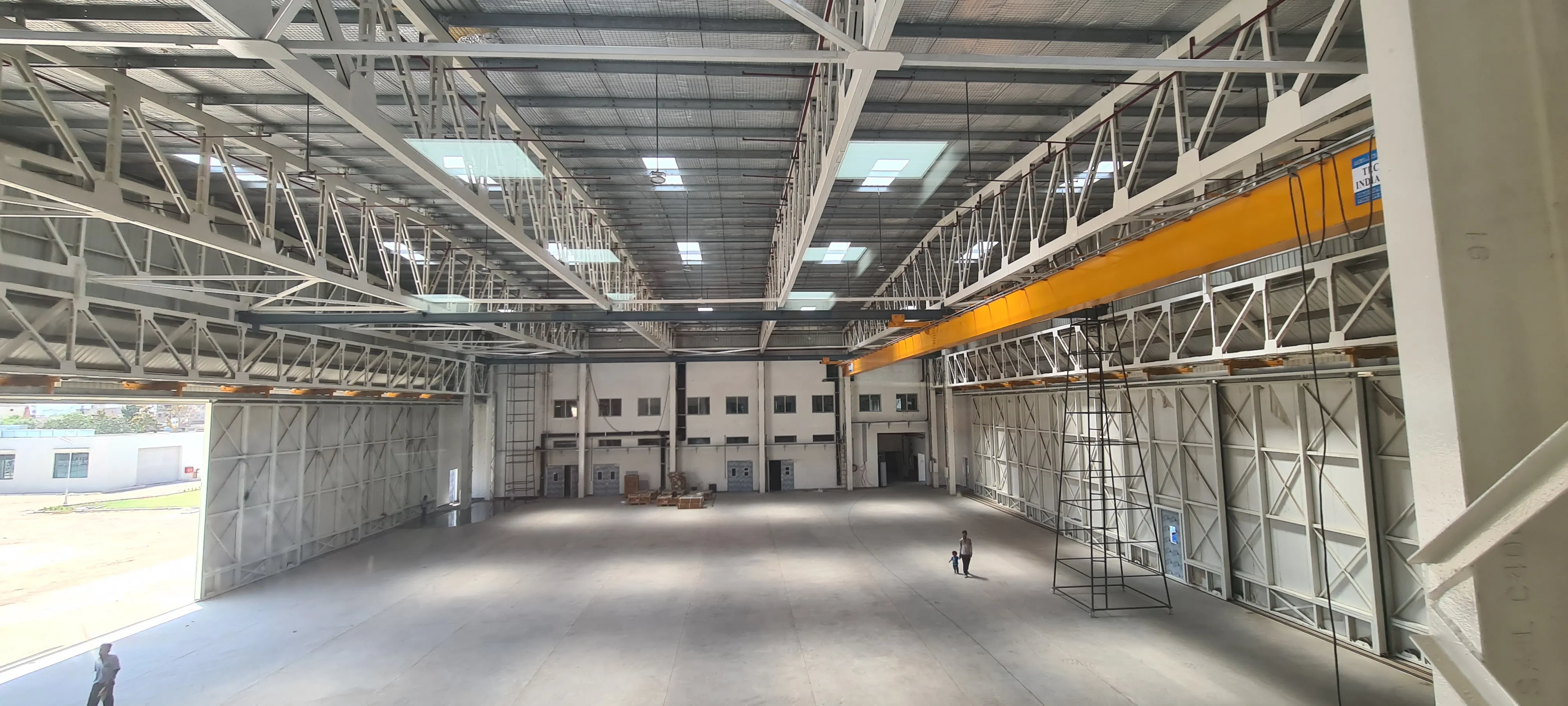Business Hours : Mon - Sat 09:30 AM - 6:00 PM

Introduction:
Mechanical, electrical, and plumbing (MEP) systems are critical components of modern buildings. These systems ensure that the building is safe, comfortable, and efficient for occupants. However, MEP projects can be challenging to design, install, and maintain. Luckily, technology is making MEP projects safer and more cost-effective than ever before.
Cost Effectiveness:
MEP systems are notorious for being expensive to design and install. However, new technologies are making these systems more cost-effective. For example, Building Information Modeling (BIM) allows engineers to create 3D models of MEP systems, which can be used to identify and correct design flaws before construction begins. BIM also helps reduce waste by optimizing the use of materials and reducing rework.
In addition to BIM, prefabrication and modularization are becoming increasingly popular in MEP projects. These methods allow components of the MEP system to be built off-site and then transported to the construction site for assembly. This approach reduces labor costs, improves quality control, and reduces construction time.
Safety:
Safety is a critical consideration in MEP projects. Faulty MEP systems can lead to fires, explosions, and other hazards that can harm occupants and damage the building. Fortunately, new technologies are making MEP systems safer than ever before.
One such technology is smart sensors. These sensors can monitor MEP systems in real-time, detecting faults and notifying building managers when maintenance is required. This allows issues to be addressed promptly, reducing the risk of equipment failure and ensuring the safety of occupants.
Another technology that is improving safety is the use of virtual reality (VR) and augmented reality (AR). VR and AR can be used to simulate MEP systems and identify potential safety hazards before construction begins. This allows engineers to design safer systems and minimize the risk of accidents.
Technology in MEP Projects:
Technology is also changing the way MEP projects are designed and installed. For example, 3D printing is becoming increasingly popular in MEP projects. 3D printing allows engineers to create complex components that are difficult or impossible to manufacture using traditional methods. This technology is particularly useful for creating customized components that are tailored to specific building requirements.
Drones are also being used in MEP projects to conduct site surveys, monitor construction progress, and inspect hard-to-reach areas. This technology reduces the need for human workers to climb ladders or work in hazardous environments, improving safety and reducing labor costs.
Conclusion:
MEP projects are complex and challenging, but new technologies are making them safer and more cost-effective than ever before. BIM, prefabrication, smart sensors, VR, AR, 3D printing, and drones are just a few of the technologies that are transforming the way MEP projects are designed and installed. These technologies are improving safety, reducing costs, and ensuring that buildings are comfortable and efficient for occupants.